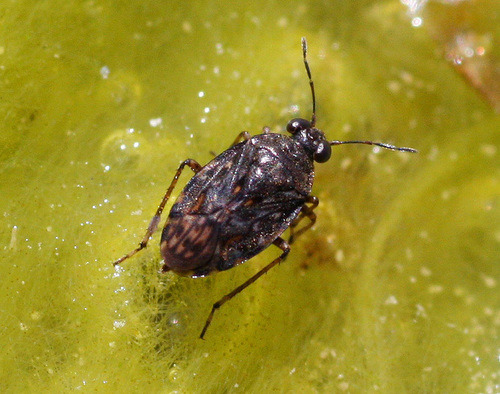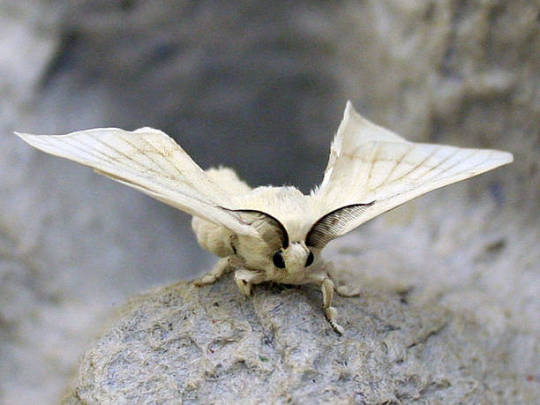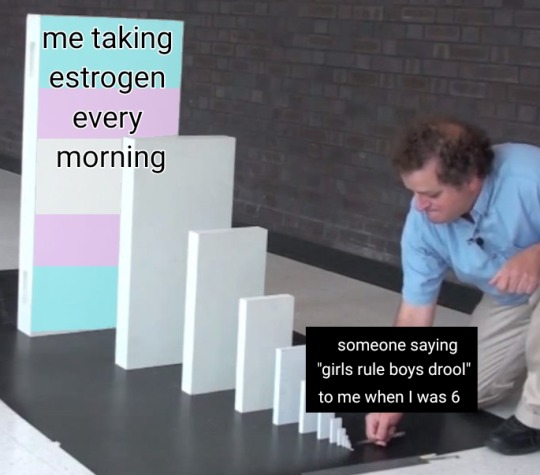Text
no little german boy! don’t drink the gender fluid!!!
oh mien got this drink is full of pronouns havin
5K notes
·
View notes
Text
shit I wouldn’t believe my eyes either, that’s a lot of fireflies
5K notes
·
View notes
Text
alright everyone we’re gonna spell out gay
Give me a G!!!
64K notes
·
View notes
Text
just rembebred that i can drink water :)
yummy, feel better now
3 notes
·
View notes
Text
No more discourse over maia arson crimew's use of neopronouns and labels. If someone asks you how you identify and you can say 'as an enemy of the state' with no exaggeration whatsoever, you get to call yourself whatever the fuck you want
5K notes
·
View notes
Text
10/10
geometrid moths (family Geometridae)

The geometer moths are moths belonging to the family Geometridae of the insect order Lepidoptera, the moths and butterflies. Their scientific name derives from the Ancient Greek geo γεω (derivative form of γῆ or γαῖα "the earth"), and metron μέτρον "measure" in reference to the way their larvae, or inchworms, appear to measure the earth as they move along in a looping fashion. A very large family, it has around 23,000 species of moths described, and over 1400 species from six subfamilies indigenous to North America alone. A well-known member is the peppered moth, Biston betularia, which has been subject of numerous studies in population genetics. Several other geometer moths are notorious pests.
The caterpillars are accordingly called "loopers", "spanworms", or "inchworms" after their characteristic looping gait. The cabbage looper and soybean looper are not inchworms, but caterpillars of a different family. In many species of geometer moths, the inchworms are about 25 mm (1.0 in) long. They tend to be green, grey, or brownish and hide from predators by fading into the background or resembling twigs. Many inchworms, when disturbed, stand erect and motionless on their prolegs, increasing the resemblance. Some have humps or filaments, or cover themselves in plant material. They are gregarious and are generally smooth. Some eat lichen, flowers, or pollen, while some, such as the Hawaiian species of the genus Eupithecia, are carnivorous. Certain destructive inchworms are called cankerworms.
Many geometrids have slender abdomens and broad wings which are usually held flat with the hindwings visible. As such, they appear rather butterfly-like, but in most respects they are typical moths; the majority fly at night, they possess a frenulum to link the wings, and the antennae of the males are often feathered. They tend to blend into the background, often with intricate, wavy patterns on their wings. In some species, females have reduced wings (e.g. winter moth and fall cankerworm). Most are of moderate size, about 3 cm (1.2 in) in wingspan, but a range of sizes occur from 10–50 mm (0.39–1.97 in), and a few (e.g., Dysphania species) reach an even larger size. They have distinctive paired tympanal organs at the base of the abdomen (lacking in flightless females).
3 notes
·
View notes
Text
10/10
shore bugs (family Saldidae)

Saldidae, also known as shore bugs, are a family of insects in the order Hemiptera. They are oval-shaped and measure 2–8 mm when mature. Typically they are found near shorelines or the marginal growths near freshwater bodies, estuaries, and sea coasts. They can flee by leaping or taking flight.
Shore bugs prey upon other insects near fresh water or saltwater. When disturbed, shore bugs fly short distances and then hide in crevices or under vegetation. They occur throughout the world and are recognized by the shape of certain cells in their wings.
1 note
·
View note
Text
10/10
silkworm moth(Bombyx mori)

The domestic silk moth is an insect from the moth family Bombycidae. It is the closest relative of Bombyx mandarina, the wild silk moth. The silkworm is the larva or caterpillar of a silk moth. It is an economically important insect, being a primary producer of silk.
Average Lifespan: 6-8 weeks
Size: wingspan of 40 to 50 mm (about 2 inches)
Silkworm pupae is a traditional delicacy in northeastern China, where they are sold as street food on skewers to be deep fried. they taste a bit like shrimp shells. The flesh inside is tasteless, like firm bean curd, but is scrumptiously spiced.
Silkworms are the larva of a moth (Bombyx mori) native to Asia that spins a cocoon of fine, strong, lustrous fiber that is the source of commercial silk. The culture of silkworms is called sericulture. The various species raised today are distinguished by the quality of the silk they produce.
#sources#https://en.m.wikipedia.org/wiki/Bombyx_mori#https://everythingsilkworms.com.au/silkworms/life-cycle-of-a-silkworm/#https://www.britannica.com/animal/silkworm-moth#https://www.wagmag.com/please-dont-eat-the-silkworms/#https://www.insectlore.co.uk/education/silkworm-life-cycle-stages.html#bugs#insects
2 notes
·
View notes
